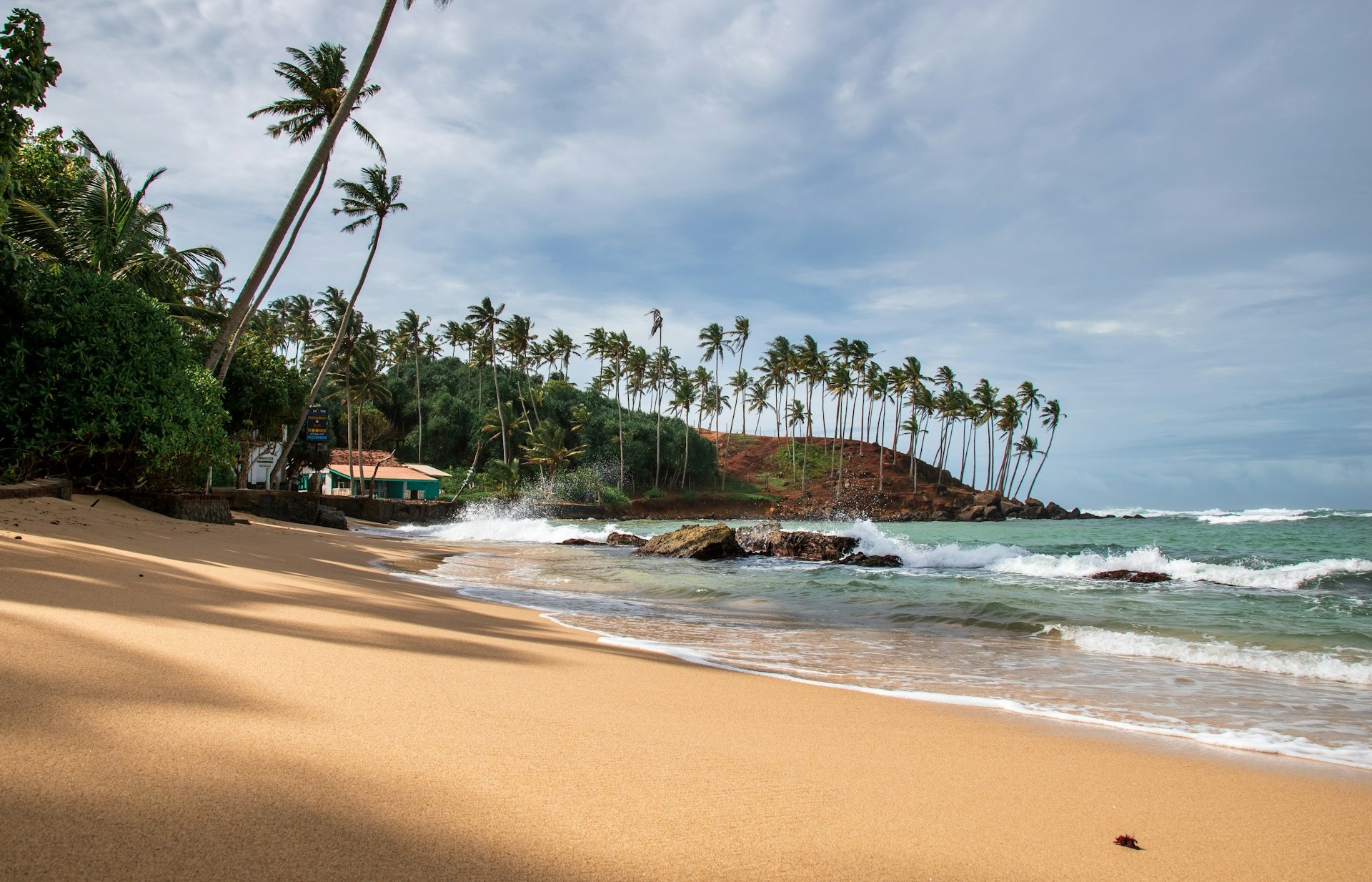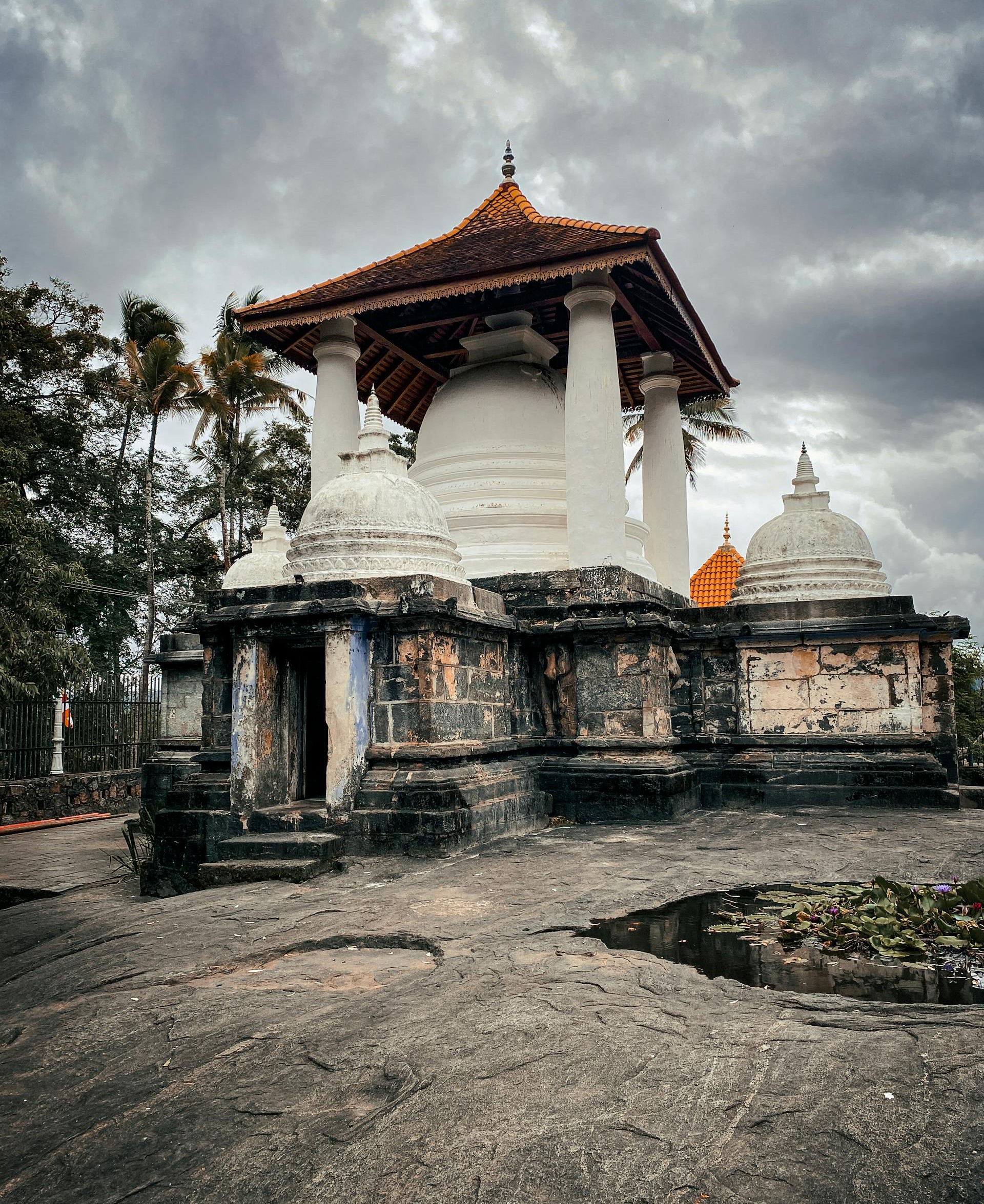Jaya Sri Maha Bodhi: An Ancient Sanctuary in Anuradhapura
Nestled within the historic city of Anuradhapura, the Jaya Sri Maha Bodhi is not just a tree; it’s a living relic with a story that spans over two millennia. This revered fig tree holds immense significance for Buddhists in Sri Lanka, believed to have…
Discovering Tranquility at Mirissa Beach, Sri Lanka
Mirissa Beach, situated on the southern coast of Sri Lanka, is a haven of serenity and natural beauty. Easily accessible and offering a range of experiences, this coastal gem attracts visitors seeking sun-soaked shores, mesmerizing sunsets, and thrilling water adventures. Getting There: Reaching…
Exploring Beddagana Wetland Park: A Peaceful Getaway in Colombo
Tucked away near Colombo, Beddagana Wetland Park is like a quiet nature retreat amidst the city buzz. It’s super easy to get to, making it a great spot for everyone who wants a break from the city rush. Let’s dive into why this park…
Gala Muduna Temple in Badulla
Would you like to sit on a wooden bench on top of a rock and watch the beauty of nature? So this is one of the best places to get such an experience. From past to present Sri Sambuddhaloka Wiharaya is located in a…
Adisham Bungalow in Haputale
Spending a day in a beautiful green garden surrounded by cold mist is a great experience for anyone. Adisham Bungalow can be called the best place to experience this for any tourist coming to Sri Lanka. It can be identified by a former name…
Exploring Kandy’s Three Temple Loop: Ambekka, Gadaladeniya, and Lankathilake
Kandy, often referred to as the cultural capital of Sri Lanka, is a city steeped in history, spirituality, and architectural wonders. Amidst the city’s lush green landscapes and picturesque scenery, there’s a hidden gem known as the “Three Temple Loop.” This route encompasses three…
Jaffna Fort: A Must-Visit Destination in Northern Sri Lanka
Jaffna Fort is a famous colonial-era building in Sri Lanka. It is situated near the coastal village called ‘Gurunagar in Jaffna. The building has more than 400 years of history, making it one of the best places you must visit during your trip to…
Seethawaka Botanical Garden in Avissawella
Seethawaka Botanical Garden is one of the five botanical gardens in Sri Lanka. It is a 42-hectare (106-acre) garden that is situated near the Avissawella of the western province. The place is booming and is a favorite of most travelers who love nature and…
Exploring the Beauty of Nallur Kandaswamy Kovil in Jaffna
Tucked away in the heart of Jaffna, Sri Lanka, lies a cultural treasure that has withstood the test of time: Nallur Kandaswamy Kovil. In this article, we will embark on a journey to uncover the historical and spiritual significance of this sacred temple, and…
Exploring the Splendor of Munneswaram Hindu Kovil in Chilaw
Nestled in the heart of Sri Lanka, the Munneswaram Hindu Kovil in Chilaw is a true marvel of culture and spirituality. In this journey, we will uncover the temple’s profound history, and cultural significance, and why it is a must-visit destination for those seeking…













